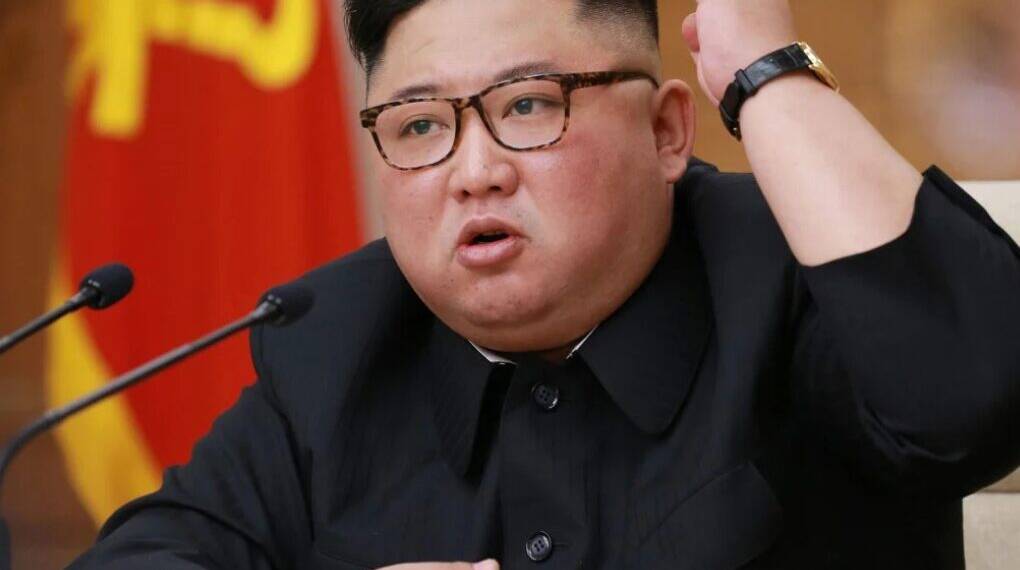The geopolitical landscape is undergoing a dramatic transformation. North Korea’s recent decision to deploy thousands of workers—including military brigades and deminers—to assist Russia in rebuilding the war-torn city of Kursk is not merely symbolic. It signifies the deepening of a broader strategic alliance with Russia and China, encompassing military cooperation, economic coordination, and political alignment.
This emerging triad, increasingly fortified by shared defense deals, trade partnerships, and mutual protection, especially from U.S.-led pressure, places North Korea squarely in the global spotlight once more. When paired with its overt support for Iran and growing hostility toward Israel and the West, a critical question surfaces: Is North Korea poised to become the next major nuclear flashpoint after Iran?
More broadly, are we witnessing the crystallization of a powerful new axis — China, Russia, North Korea, and Iran — that could challenge the U.S.-led liberal order in a new era of geopolitical rivalry?
1. North Korea: From Isolation to Strategic Catalyst
Long dismissed as a rogue state, North Korea is now emerging as a key enabler of global instability — especially for powers opposing the Western alliance. While Iran’s nuclear trajectory has drawn global scrutiny, Pyongyang has continued to expand its nuclear capabilities and missile arsenal largely unchallenged, forging deeper ties with Moscow and Beijing along the way.
North Korea’s deployment of military-linked personnel to Kursk goes far beyond mere reconstruction efforts. With North Korean soldiers reportedly fighting alongside Russian forces in the Russia-Ukraine war and simultaneously reinforcing China’s strategic posture in East Asia against South Korea and Japan, this move represents a direct form of kinetic support to an ally engaged in active conflict with the West. It underscores a shift from ideological solidarity to tangible military alignment.
2. North Korea and Iran: A Brotherhood Built on Shared Defiance
North Korea’s support for Iran, especially as tensions rise between Tehran, Israel, and the United States, is rooted in common interests:
Both nations face extensive international sanctions and economic isolation.
They share deep-seated enmity toward the U.S. and Israel.
Each pursues nuclear capabilities — North Korea as a realized power, Iran as an aspiring one.
They reportedly exchange military technology and strategic knowledge, particularly in missile development.
Pyongyang has allegedly supported Iran’s ballistic missile program, while Tehran, in turn, has offered oil and financial backing. This clandestine partnership is not just one of convenience — it’s a deliberate and calculated alliance aimed at undermining Western influence and circumventing global restrictions.
3. The Rise of a New authoritarian Power Bloc: China, Russia, Iran, North Korea
What we are witnessing is the formation of a de facto global counterweight — an alternative world order led by authoritarian regimes unified by common grievances and strategic objectives.
China provides technological and economic muscle.
Russia brings military might and political aggression.
Iran and North Korea operate as volatile, nuclear-capable disruptors on the frontlines.
This coalition is already testing Western resolve on multiple fronts: in Ukraine, the Taiwan Strait, the Korean Peninsula, and the Middle East. Their growing defense cooperation, cyber coordination, arms transfers, and diplomatic shielding in international institutions suggest a coordinated challenge to the post-World War II global system dominated by the West.
4. Implications for the U.S. and Its Allies
The West now faces a multidimensional strategic dilemma. While efforts to contain Iran dominate the current foreign policy agenda, North Korea’s growing boldness is being underestimated — a potentially dangerous oversight.
Pyongyang’s recent actions demonstrate it no longer seeks to play a passive role on the world stage. Rather, it is positioning itself as an active participant in reshaping the global order. Left unchecked:
North Korea could begin exporting nuclear technology to other anti-Western regimes.
It may resume provocative actions, including missile launches and military drills near South Korea and Japan.
Simultaneous flashpoints in Asia and the Middle East could overextend Western military and diplomatic resources.
5. Looking Ahead: Three Possible Scenarios
The global trajectory from here could unfold in several ways:
1. Escalation and Confrontation: North Korea, emboldened by its alliances with China and Russia, resumes aggressive missile tests or provokes a border incident. This could trigger military retaliation from South Korea or the U.S., escalating into a regional crisis.
2. Proxy Expansion: Pyongyang exports arms and strategic advisors to global hotspots, replicating Cold War-era tactics seen in Cuba and elsewhere — thereby fueling instability beyond East Asia.
3. Cold Peace and Multipolar Realignment: The world settles into a new Cold War dynamic, with spheres of influence divided between the West and the China-Russia-Iran-North Korea bloc. Conflict is avoided, but tensions remain high and persistent.
North Korea Demands Renewed Attention
While Iran may occupy the current spotlight in nuclear diplomacy, North Korea presents a more unpredictable and immediate nuclear threat. Its intensifying ties with Russia and China — backed by active cooperation and shared hostility toward the West — are redrawing the lines of global power.
The United States and its allies must recalibrate their strategic priorities. If North Korea continues to be sidelined in international diplomacy and containment strategies, the consequences could be dire. The time to act — with a mix of deterrence, engagement, and coalition-building — is now.
The next global crisis may not erupt in the Strait of Hormuz, but in the shadows of the Taedong River.








